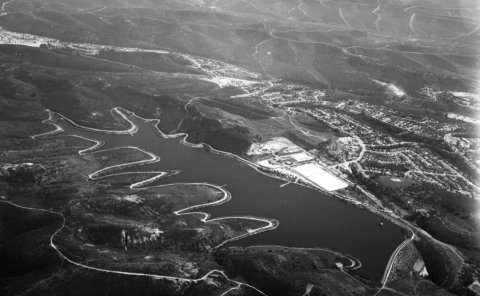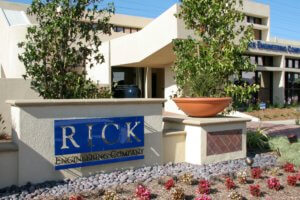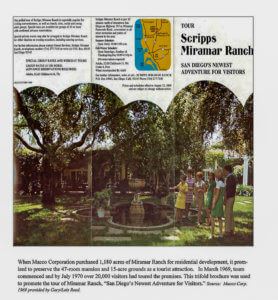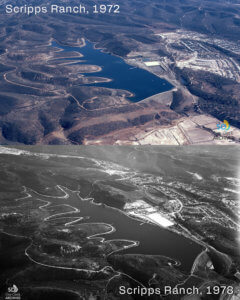
As San Diego grew rapidly in the late 1960s and early 70s, so did RICK. What began as a small family business was quickly evolving into a multidisciplinary team with the resources and expertise to take on larger and more complex work.
With a growing list of high-profile projects and a commitment to overseeing every aspect of engineering, the team made investments that would shape the company’s direction for years to come.
As the scope of work expanded, so did the need for a space that could keep up. In 1972, the company relocated its headquarters to 5620 Friars Road in Mission Valley, where it still operates today. With a central location in San Diego and room for an evolving team, the new office gave RICK space to grow, and the team quickly put it to use.

In 1973, just one year later, RICK expanded its in-house capabilities by establishing the Photogrammetry Division. Most firms at the time outsourced this kind of mapping work, but the team believed it was too important to hand off.
“This is a nice sales tool. It does a lot of public relations work for us. When we send a client our photos and explain the process, people listen.” —Wally Rick, quoted in San Diego Daily Transcript, Rob Schupp
Operating as Mission Aerial, the division used aerial photography to produce topographic base maps that supported things like site planning and land development layouts. Bringing photogrammetry in-house expanded the tools available to RICK’s survey team and reinforced the role of surveying as the foundation for every project. Equally as important, it set a new tone for how the company approached growth. By building services from within, RICK could deliver more quickly and be involved from conception to finish, an approach that set the firm apart in the industry at the time.
With those tools in place, RICK was prepared to take on larger community-scale developments. In Carlsbad, the team helped plan the long-term buildout of La Costa, a residential community developed around the existing resort. The plan included more than 20,000 homes along with commercial areas and supporting infrastructure. With in-house mapping capabilities, the team developed a plan that allowed the community to expand in stages while adapting to the natural landscape.
At the same time, RICK was involved in long-term planning for what would become Scripps Ranch. In 1968, Macco purchased the 1,180-acre Miramar Ranch property, and RICK was soon brought on to prepare the official community plan. Working with developers, public agencies, and local residents, the team’s plan reserved land for schools and parks while preserving canyon areas and open space. While Macco initiated the effort, it was major developers like McMillin that ultimately carried the vision forward, helping transform the plan into the thriving community that exists today.
“Scripps Ranch is a master-planned development of great natural beauty. Unlike so many developments in Southern California, this one works with the topography, not against it. Canyons are preserved. Houses sit on slopes. Trees are saved.” —Will H. Parry, The San Diego Union


The approach of working with the land, not against it, continued to guide RICK’s work as projects increased in scale and complexity. San Diego’s uneven terrain meant every development had to respond to the landscape rather than fight it. With surveying strengthened by in-house photogrammetry, RICK’s team could protect open space and guide growth in step with the natural environment.
RICK’s evolution was intentional, driven by more than just the volume of work. The team was investing in the tools and structure needed to take on larger projects and keep every piece coordinated from start to finish. With new in-house capabilities and major planning efforts across La Costa and Scripps Ranch, RICK began to define a different path forward. Instead of outsourcing essential services like many firms at the time, the team chose to build from within. That decision quietly set the foundation for the decades that followed.
As part of our 70th anniversary series, we’ll continue sharing the history and growth that have shaped RICK over the decades. Watch our news feed for future articles as the story of RICK’s history unfolds.